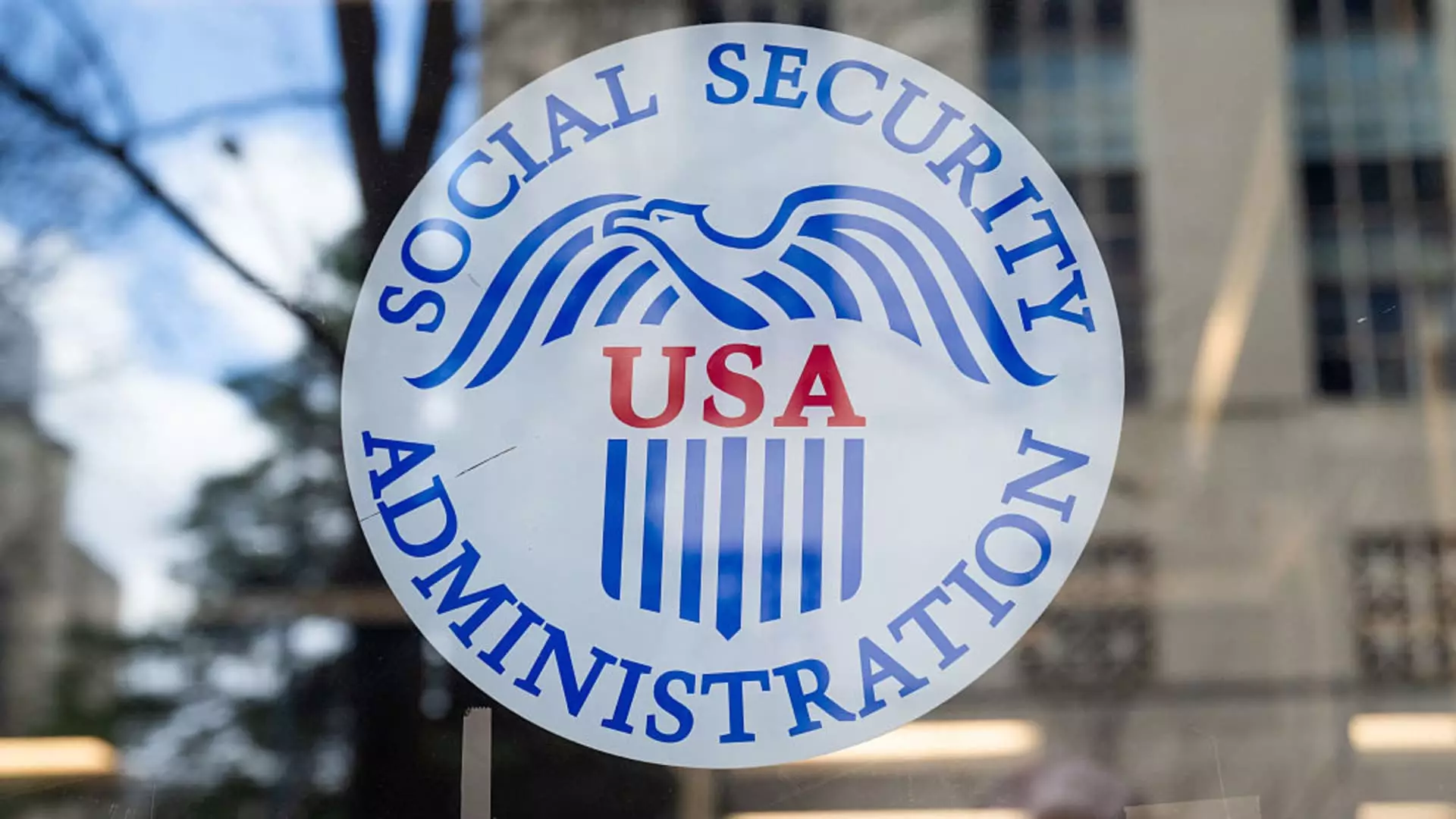The Social Security Administration (SSA) is facing a critical juncture, arguably driven more by political ambition than by genuine reform. Under the banner of efficiency, the Trump administration’s so-called Department of Government Efficiency (DOGE) has introduced sweeping changes that raise more questions than they answer. In a climate where every adjustment can impact the livelihood of millions of Americans, a surge of concern is palpable among experts and beneficiaries alike. The administration’s attempts to modernize the SSA may come at a substantial cost, namely in accessibility and the continuity of benefits that countless citizens rely on for survival.
While President Trump has publicly assured the nation of his commitment to preserving Social Security benefits, his administration’s actions suggest otherwise. The decision to cut 7,000 SSA employees and shut down regional offices leaves many wondering whether the promised safety net is becoming a frayed tapestry. Industry veterans such as Jason Fichtner, formerly the agency’s deputy commissioner, are sounding alarms over these developments. The potential for service disruption, particularly for vulnerable populations, must not be minimized. It is an open question whether the drive for efficiency is distracting from the critical needs of the very people the agency is designed to serve.
The Technical Nightmare of Code Migration
One of the most unsettling aspects of the SSA’s transformation involves the transition of “tens of millions of lines of code” from the obsolete programming language COBOL within an undesirably short timeframe. Experts have underscored the technical complexities involved in this migration, noting that moving such an extensive codebase is fraught with risks. In the world of software development, the norm is careful planning over years—not the impulsive speed that DOGE seems to favor. Fichtner’s worries intensify with each report highlighting the push towards rapid deployment. The hope of streamlining operations is commendable, but it must not come at the expense of live benefits.
Errors in code during such major undertakings can derail the distribution of critical benefits. By attempting to modernize the SSA’s systems without adequate testing, the Trump administration may be placing the lives of the elderly, disabled, and thousands of other beneficiaries at risk. It is baffling to observe how the government can throw caution to the wind when it involves systems that affect the well-being of American citizens.
Fraud Prevention versus Service Continuity
Another significant concern raised by experts centers on the existing focus on fraud prevention, which may be misplaced. While eliminating fraudulent claims is undeniably important, the current administration’s tactics risk overshadowing structural issues within Social Security itself. Rather than pointing fingers at fraud in a system that serves over 65 million Americans, we should be reflecting on the greater systemic risk presented by accelerated changes. The long-term financial health of the SSA should be the priority, yet the urgency to root out small instances of fraud distracts from the bigger picture.
One has to wonder if the administration’s fixation on administrative efficiency will ultimately undermine broader reforms that are critically needed. As Romina Boccia at the Cato Institute cautions, erratic actions today could impede meaningful change that Congress must consider before the looming 2033 depletion of the trust fund becomes a reality. The emphasis should be on preserving the integrity of benefits while responsibly managing the financial challenges facing Social Security.
A Crisis in Waiting
Facing the projected timeline for depletion, the SSA is entering what can only be described as a crisis. The latest estimates suggest that while the combined retirement and disability trust funds may last until 2035, the individual retirement trust fund is destined for depletion in 2033. Such projections erode confidence in an agency that must be a beacon of stability. Even though reforms are sorely needed, misplaced priorities within the agency run the risk of triggering a cascade of repercussions that will disproportionately affect the most vulnerable among us.
The administrative budget of the SSA constitutes less than 1% of its outlays, suggesting that relentless cuts to staffing and services may be misguided. Experts argue that focusing on operational efficiencies pales compared to addressing monumental challenges reflected in the trust fund’s future. Blahous raises a salient point: tightening screws in administration won’t result in significant financial advantages. Strategies for reform must take a more holistic view that prioritizes service continuity over scrutinizing a process that already operates on thin margins.
In a country that prides itself on compassion and justice, the present course of the Social Security Administration challenges that ethos. The balance between efficiency and service will shape the future of countless Americans—and it is a balance that risks tipping into chaos under the current administration. The voices of experts resound with urgency, beckoning a return to the fundamentals governing social welfare: service, protection, and stability for those who need it most.

Leave a Reply